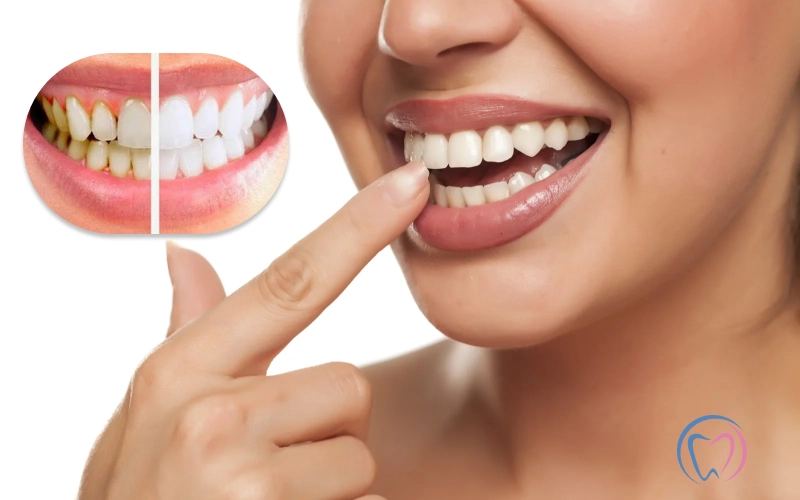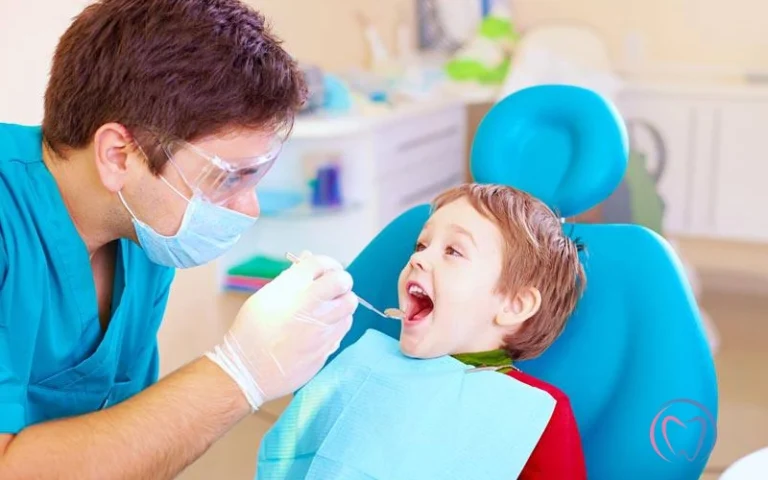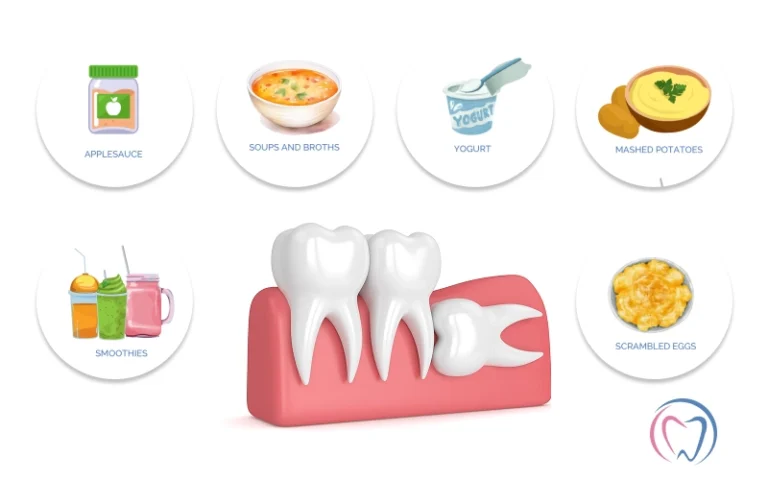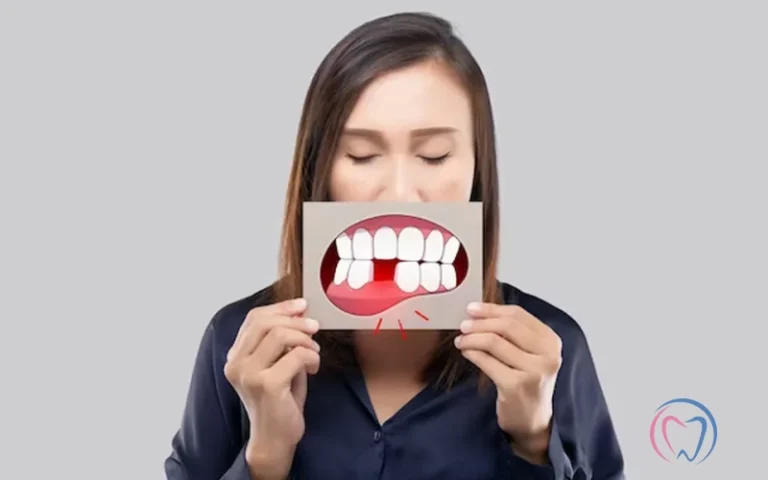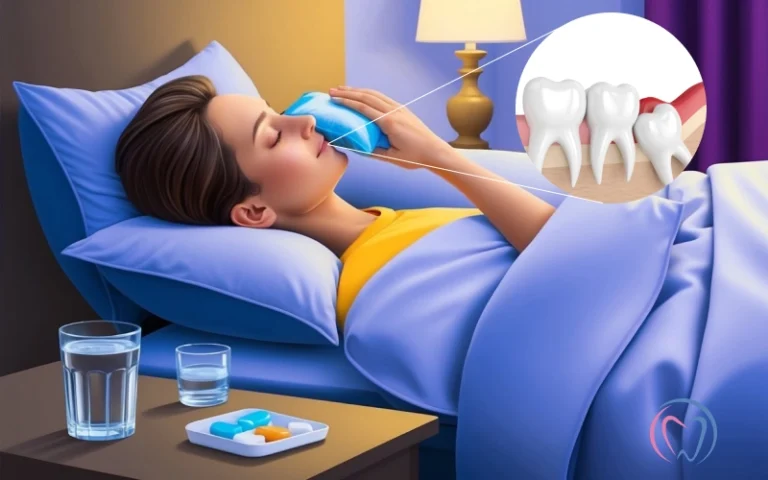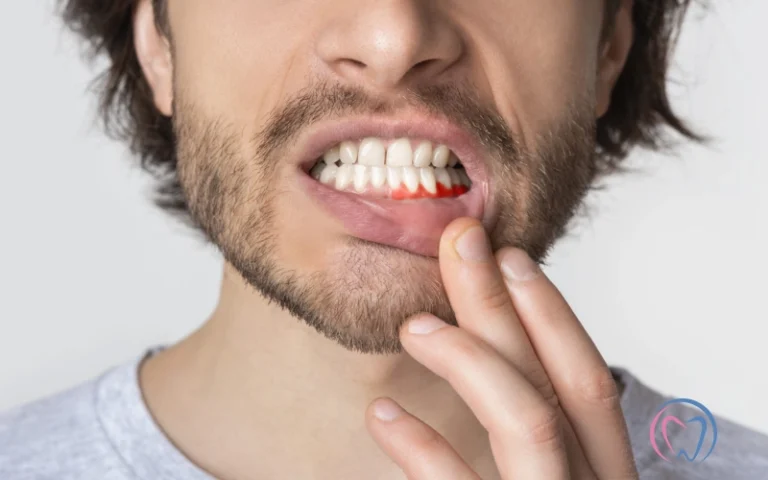To achieve overall well-being, it’s important to maintain oral health, and one of the main difficulties people encounter is the accumulation of tartar and plaque on heir teeth. These substances can cause serious dental issues like gum disease and cavities, as well as negatively impact the appearance of your smile. Based on my experiences, In this blog, I hope to discuss what plaque and tartar are, the signs of their buildup and effective removal methods.
What are plaque and tartar?
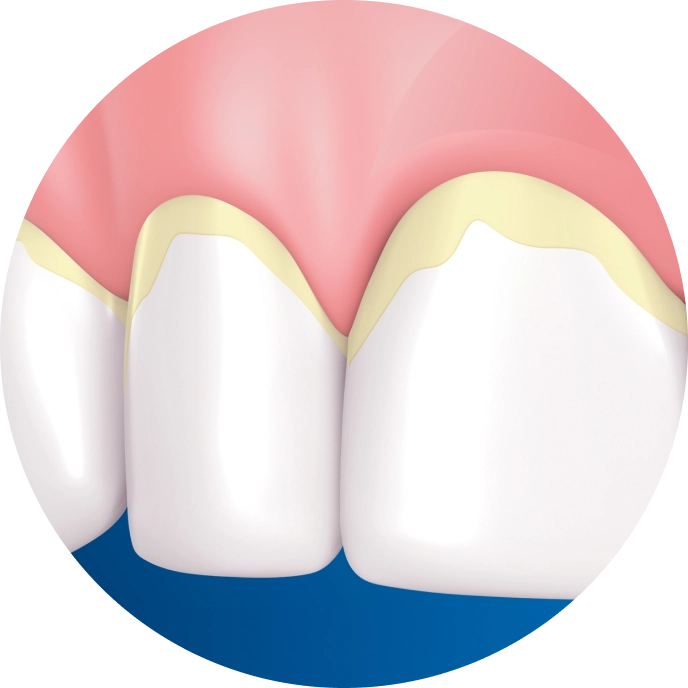
Plaque is an adhesive, smooth film that combines bacteria, food particles and saliva and forms on your teeth. After brushing, it begins to build-up and can become tartar if not removed.
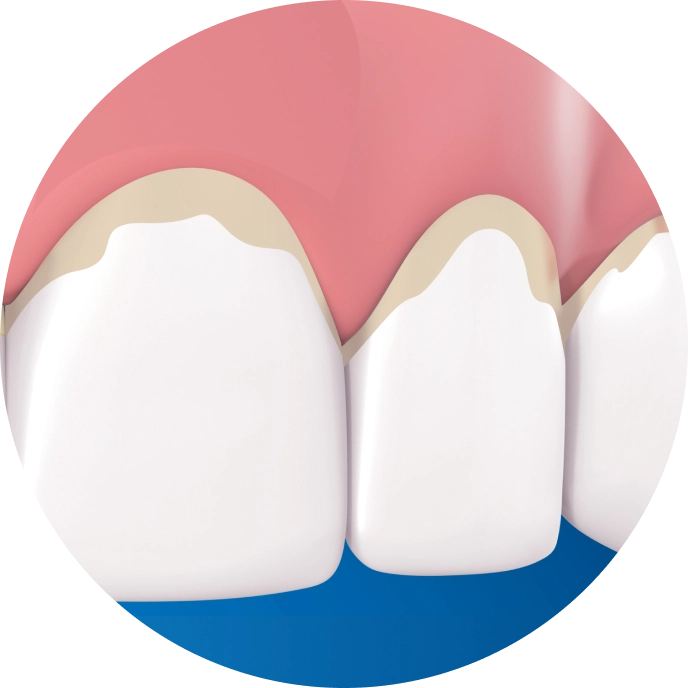
Tartar is the form of plaque that has calcified. Because it is rough and porous, more plaque can adhere to it, making it even more difficult to remove without professional help.
Signs of plaque and tartar build-up
The first thing is you should do to maintain your dental health is recognise the signs of plaque and tartar build-up.
- Bad breath – Plaque build-up can result in persistent bad breath, making it one of the most noticeable signs. The reason for this is bacteria in plaque that produce foul-smelling compounds.
- Visible discolouration – Tartar can be seen as yellow or brown deposits on the teeth, especially along the gum line. If you observe any discolouration, it might be time to check your oral hygiene routine.
- Gum inflammation – Gum disease that involves plaque accumulation is characterised by swollen, red or bleeding gums. It is important to have healthy gums that are firm and pink and not swollen or tender.
- Sensitivity – Plaque and tartar can irritate the gum and expose tooth roots, causing discomfort when exposed to hot, cold, or sweet foods.
- Tooth decay – If you see cavities or dark spots on your teeth, it could mean there has been prolonged plaque build-up. This is a more serious signal that necessitates immediate attention.
- Persistent film on teeth – If you experience a film or rough texture on your teeth, plaque probably has build-up and is causing your mouth to feel unclean despite brushing.
How to remove plaque and tartar?
Professional dental cleaning is essential for removing tartar, but you can significantly reduce plaque and tartar build-up at home by following these practices.
- Brush regularly – The most effective way to remove plaque is by brushing your teeth. Brush your teeth twice a day for two minutes each time. Use a toothbrush that has soft bristles and toothpaste that has fluoride in it. Make sure to focus on the gum line and back of your teeth, where plaque can accumulate.
- Floss daily – The removal of plaque from between your teeth and along the gum line requires flossing. It’s important to make flossing a daily habit. By doing this, food particles can be removed and plaque formation in hard-to-reach areas can be minimised.
- Use an antimicrobial mouthwash – An antimicrobial mouthwash can be added to your oral hygiene routine to help reduce plaque-causing bacteria and freshen your breath. Find a mouthwash that focuses on plaque and gingivitis.
- Try tartar control toothpaste – A tartar control toothpaste can be used to prevent tartar build-up. These toothpaste have ingredients that prevent tartar formation and promote a healthier mouth.
- Maintain a healthy diet – Your dental health can be greatly impacted by your diet. Limit your intake of sugary foods and beverages. Include fruits and vegetables that are crunchy, such as apples and carrots, to naturally scrub your teeth and stimulate saliva production.
- Stay hydrated – To reduce plaque build-up, it is important to drink plenty of water throughout the day to wash away food particles and bacteria. Drinking water is important for maintaining saliva production, which plays a role in oral health.
- Quit smoking – If you are a smoker, it’s worth considering quitting. Smoking is a factor in tartar formation and has a negative impact on gum health. By quitting, you can enhance your oral health and lower the risks of gingivitis.
Professional cleanings
These home care strategies are effective, but they don’t replace regular dental check-ups and professional cleanings. It is common for dental professionals to suggest visiting the dentist for a thorough cleaning every six months. A dental hygienist can remove tartar build-up that brushing and flossing may not be able to, and this helps keep your teeth and gums healthy during these visits.
So to maintain oral health, it is crucial to remove tartar and plaque. To effectively manage and prevent tartar and plaque, it is important to adopt a consistent dental hygiene routine, recognise the signs of build-up and make healthy dietary choices.
To maintain log term dental health, regular dental visits and professional cleanings are essential. These practices should be prioritised to not only keep your teeth looking great but also promote overall well-being. Today’s proactive actions can result in a healthier smile tomorrow.

